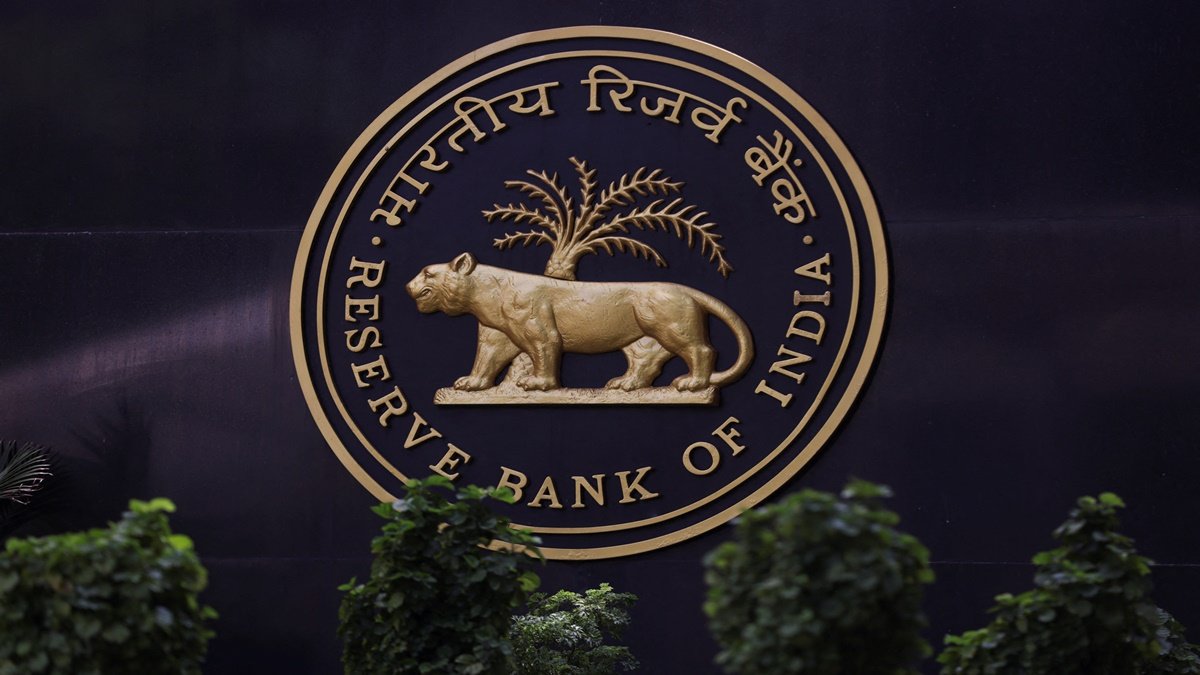Too many risk wires cross
There’s a fine line between a bubble and a market simply tripping over its own shoelaces when too many risk events collide at once. Right now, global equities feel less like 1999 mania and more like a high-speed convoy hitting a patch of converging hazards — AI funding math coming due, data-center capex that refuses to stay in its lane, geopolitics flaring, and bond markets twitching under the weight of the Fed’s hawkish recalibration. In this kind of traffic, even normal corrections look like smoke on the horizon.
But let’s start with the so-called AI bubble — the narrative du jour that refuses to die. You can practically hear the old-school market sages muttering that you only recognize a bubble in the rear-view mirror. And yet, the chatter today isn’t coming from the usual cranks; it’s bubbling up because expectations have sprinted well ahead of reality. That alone doesn’t make this a ticking time bomb. It makes it what the early innings of every transformative tech cycle looks like: investors pricing futures that haven’t been built yet.
The real fracture zone isn’t mystical; it’s steel, concrete, transformers, and debt. The data-center buildout remains the beating heart of the AI capex surge, and the industry is laying track faster than the revenue trains can realistically run on it. The OpenAI–Nvidia $100bn blueprint is a perfect example — only a tenth of that is actually committed, the other nine-tenths is vapor until demand proves itself and someone coughs up the financing. For now, capacity is tight, not excessive. But plotted forward on any reasonable trajectory, supply catches up long before the monetization curve does.
Sam Altman practically admitted as much by pinning future revenue on products that don’t exist yet — enterprise expansions, cloud forays, robotics detours. That isn’t delusion; it’s the classic “we’ll grow into it” mantra that every capex-heavy revolution chants. But it also underscores the gulf between the cost of the buildout and the revenues needed to justify it. That’s the gap critics keep poking at — and they aren’t wrong to keep poking.
Still, handicapping growth is very different from claiming the technology will never pay its way. The deeper bubble risk lies not in the cranes and fiber lines but in the LLMs themselves: hallucinations, latency, and cost-to-run economics that, if left unresolved, could render wide swathes of AI chronically uneconomic. If that turns structural, then the capex overhang becomes a millstone. We just don’t know yet.
What we do know is that markets don’t wait patiently for clarity. If investors get spooked first — if the funding wheels wobble, if the AI debt machine hesitates — the selloff becomes its own self-fulfilling prophecy. That’s where the real correction risk lives: not in an implosion, but in a capital-rationing reset that forces weaker players to tap out. OpenAI, Palantir, the single-product darlings with extreme multiples? They’d feel the blade first. Google and Microsoft, sitting on Fort Knox balance sheets and distribution dominance, would simply absorb the oxygen that others can’t afford.
And that’s the nuance missing from the “AI bubble” hot takes. Yes, some names are hanging on P/E ratios that assume everything breaks right. Palantir at 250x is expecting a hero’s journey with no bad chapters. Some will require years — maybe a decade — to grow into those skins. But the megacaps? Their multiples aren’t even nosebleed by the standards of this decade. If anything, the concentration risk has masked how un-bubbly the broader tech complex actually looks.
Meanwhile, the picks-and-shovels trade — the chips — is still running flat-out. AMD flagging a $1tn annual AI silicon market by 2030, with Nvidia set to reprise its earnings blowtorch next week. Yes, chip stocks are brutally cyclical, and yes, a data-center slowdown would bite hard. But no one sees that slowdown in the windshield right now.
So are we living through bubble trouble, or just a garden-variety correction amplified by too many risk wires crossing at once? The truth sits somewhere in the middle. Parts of the AI complex are priced for perfection. Parts are priced as industrials-in-disguise. And parts — the data-center landlords, the chip vendors, the hyperscaler balance-sheet giants — are behaving nothing like a speculative bubble.
Call it what it is: a crowded runway with far too many planes trying to take off at once. The turbulence isn’t proof of a crash. It’s the predictable shake when the air currents of rate risk, capex math, valuation gravity, and AI ambition finally converge in the same pocket of sky.







